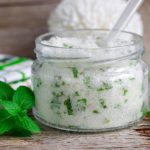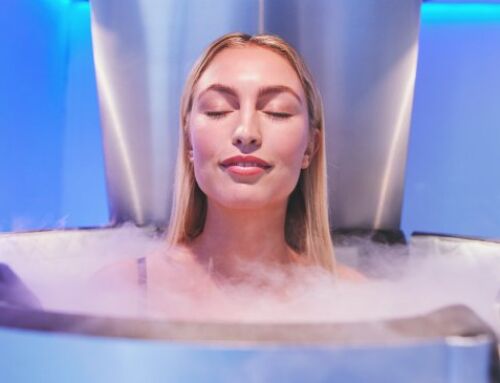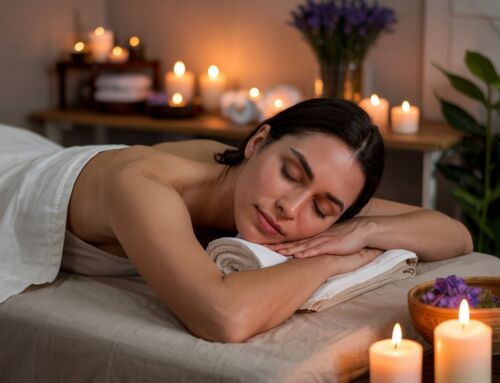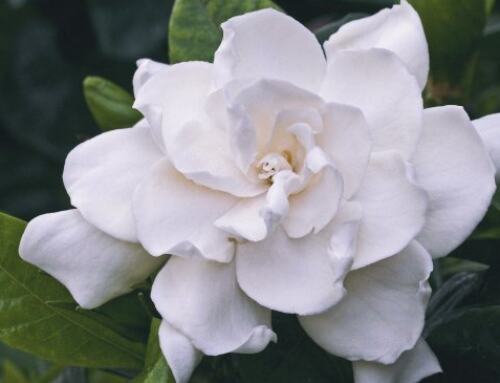5 Ways To Use Peppermint Oil To Revitalize Your Skin And Hair This Winter
Turns out, peppermint is kind of a jack-of-all-trades. It can soothe an upset stomach, act as an anti-bacterial agent in natural mouthwashes and hand sanitizers, and even boost your focus or cure headaches when used in aromatherapy.
But in addition to these perks, peppermint essential oil offers a range of topical benefits such as soothing cracked lips when used in a healing balm, eliminating acne when used as a spot treatment, and deep cleaning the scalp, among many others.
“Peppermint oil is one of the few essential oils (like lavender or tea tree) that has a ton of uses in all areas of your life: personal care, laundry, cleaning, aromatherapy; it even has culinary and medicinal uses,” says Julia Teren, founder of Thesis Beauty. (Here are the 5 most versatile essential oils you can own.)
“Specifically, in personal care, it has several important properties: deodorizing, antiseptic, powerful skin purifier, cooling and refreshing for the skin. Menthol is the major constituent of this oil and is responsible for the majority of these effects.”
Here, we’ve highlighted five ways to properly use peppermint essential oil so it can reawaken dry, dull winter skin and hair.
In her book Just the Essentials, founder of organic skincare brand S.W. Basics Adina Grigore says her favorite way to use peppermint oil is in a lip treatment. Organic lip products made with peppermint oil can last for years at a time, and Grigore raves about the revitalizing effects the oil has on dry, flaking skin.
Store-bought products are great, but read labels carefully to ensure the formula is made with peppermint essential oil, rather than “peppermint fragrance” or “natural peppermint flavor,” Grigore says. Rather than obsess over ingredient lists, she suggests making your own DIY balm by combining 3 tablespoons of cocoa butter, 2 tablespoons of coconut oil, and 12 drops of peppermint essential oil.
For some, cold winter air can actually trigger an overproduction of natural skin oils, which leads to more acne. And while spot treating with toothpaste may be the first home remedy that comes to mind, peppermint essential oil, with its anti-microbial properties, will do a much better job. Susan Griffin-Black of EO Products says a mixture of four drops peppermint essential oil, eight drops tea tree oil, and an ounce of aloe vera gel can be applied to problem areas with a cotton swab daily or as-needed to reduce visible spots.
Cold weather can also trigger scalps can produce an excessive amount of oil in some people. The good news: peppermint oil can absorb excess oils on the scalp, which is exactly why Teren adds a few drops to her DIY treatment.
“My scalp is always on the oilier side and requires sebum control all the time,” Teren says. “If you have over-reactive scalp, try using several 2-4 tablespoons of apple cider vinegar (ACV) with about 1 cup of water and rubbing the mixture into your scalp. To counteract ACV’s bitter scent and further counter your scalp’s greasiness, add several drops of peppermint oil (rosemary works too) to the mixture before applying.” (Want to make your hair look even better? Use one of these sulfate-free shampoos.)
[…]








